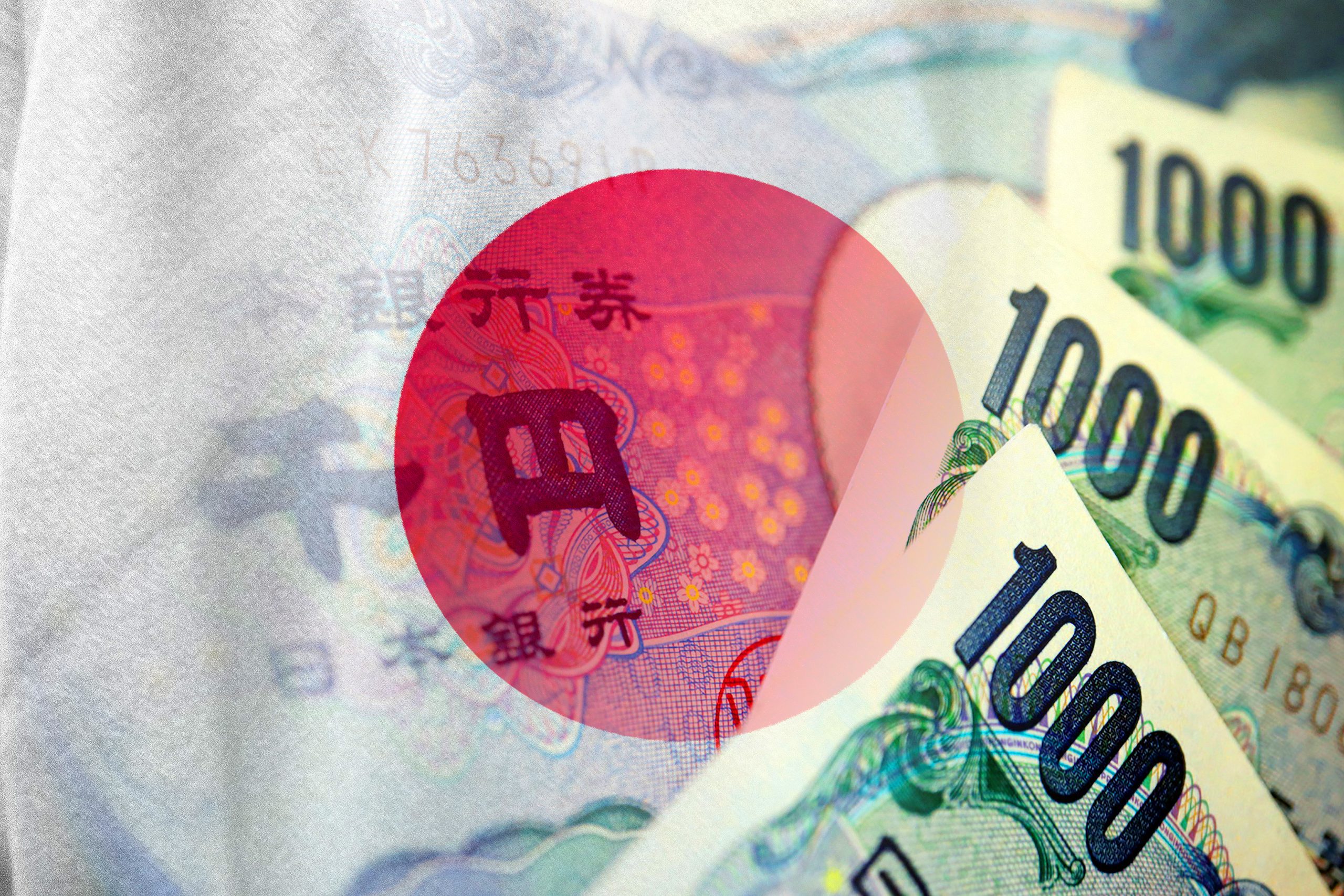Falling Food Prices Ease Upward Pressure on Global Inflation

OnePlatform MPF Indexes increase by 0.09%
As of 19 August, OnePlatform MPF Composite Index was 234.92, with a 0.09% month-to-month increase.
In August, the market was still plagued by high inflation and economic recession concerns but falling food and oil prices ease concern on food pressures a bit. Thus, most of the OnePlatform MPF indexes post month-on-month gains in August. OnePlatform MPF DIS Core Accumulation Index rose the most, with a 3.18% month-to-month increase. OnePlatform MPF DIS Age 65 Plus Index rose by 1.24% month-to-month; OnePlatform MPF Bond Index rose by 0.24% month-to-month. But OnePlatform MPF Equity Index decreased by 0.50% month-to-month due to the problem of US Audit inspections on US-listed Chinese firms, which dragged down the stock markets in China, Hong Kong and Greater China.
Summary of MPF Fund Performance in August
The war in Ukraine continues nearly 6 months, Covid-19 persists, and central banks are still tightening their belts. However, markets seem to have largely moved on from the initial shocks and were also offered some respite as crude and Brent oil prices dropped by more than 9%, reaching prices as low as US$85.73 and US$91.51, respectively during the month. Wheat prices also fell by 7.35%, easing some food security pressures, particularly for developing nations. Global Equity Fund rose by 4.72% while Global Bond Fund rose by 0.05% in August.
Equity Funds:
With strong earnings reports and positive retail and price data, US investors are optimistic that the inflation has peaked, and that the Fed’s tightening will slow. Markets benefited across the board, with the S&P 500 gaining 6.78%, the Nasdaq-100 up 8.11% and the Russell 2000 up 7.14%. Volatility also dropped into “stable” territory for the first time since April, according to the CBOE Volatility Index. United States Equity Fund rose by 6.62% over the month.
Europe is facing high inflation as well as energy insecurity heading into winter. The International Monetary Fund (IMF) further cut its 2022 forecast for euro area growth from 2.8% in April to 2.6%. However, markets appear to have responded well to the news of positive growth in the second quarter. Overall, Europe Equity Fund rose by 2.34% in August.
Among the list of contentious issues between the US and China is the auditing of US-listed Chinese firms. Following months of two-way threats, five of China’s largest state-owned firms announced they will delist from the US markets. The Nasdaq Golden Dragon thus fell 8.34% over the month. Local markets, meanwhile, fell given tempered growth prospects, the mortgage boycotts, and a growing number of Covid cases. Asian Equity Fund increased by 0.21% in August. China Equity Fund dropped by 6.56%, Greater China Equity Fund retreated by 3.25%, and Hong Kong Equity Fund also fell by 5.96%.
Japanese markets, however, benefited from healthy inflation data and a cabinet reshuffle that maintained trusted key players and thus boosted sentiment. The Nikkei 225 rose 4.52% and TOPIX increased 2.47%. Japan Equity Fund increased by 2.52% in August.
Mixed Assets Funds:
Mixed-asset funds performed in line with expectations, with positive returns tilting towards equities. Mixed Assets Fund (21% to 40% equity) and Mixed Assets Fund (41% to 60% equity) returned 0.22% and 0.24% in August. Mixed Assets Fund (61% to 80% equity) and Mixed Assets Fund (81% to 100% equity) returned 0.34% and 0.31%.
Meanwhile, money market sectors – predominantly comprising short-term borrowings and deposits, continued hovering around the flat mark. MPF Conservative Fund rose by 0.01% and Money Market Fund – Other than MPF Conservative Fund decreased by 0.40% slightly.
Market review in August
Apart from the Covid-19 pandemic and the war in Ukraine, worsening global warming brings significant effect on the global economy: crops are shriveling, electricity demand is soaring, and important water ways such as the Rhine are drying up. Given the barrage of headwinds, global GDP growth has stuttered, with underwhelming second-quarter results. The International Monetary Fund once again cut its global growth forecasts for the year from 3.6% to 3.2% and warned that growth could be even lower as risks “are overwhelmingly tilted to the downside”.
Fed Keeps raising interest rate to curb inflation
Following its July meeting, the US Federal Reserve announced another 75-basis point hike, pushing the benchmark rate to around 2.5%. Fed Chair Powell told reporters that the end-year goal is 3-3.5%, suggesting that rate increases will slow moving forward. Powell also responded to fears of a recession, as the United States posted its second consecutive quarter of negative growth (-0.9%). He told reporters that he does not think the U.S. is currently in a recession and the reason is there are too many areas of the economy that are performing too well and the demand is still strong – indeed, unemployment fell to a pre-pandemic low of 3.5% and consumer sentiment rose in August. His optimism was also backed by positive inflation data: annual consumer and producer inflation both fell back from 9.1% to 8.5% and 11.3% to 9.8%, respectively. On the fiscal front, President Biden signed a US$750 billion tax, climate and healthcare bill while Congress passed a US$52 billion bill which seeks to improve the country’s semiconductor industry.
EU’s economic outlook dimmed by increasing inflation
In Europe, second quarter-on-quarter growth came in at 0.6%, expanding 3.9% over the year. However, inflation in the euro area increased to 8.9% in July, with little guidance offered by the European Central Bank on future rate hikes following July’s 50-bp rise. Both business and consumer confidence dropped, with the latter falling to a record low. The continent is also facing energy uncertainty vis-à-vis Russian gas supplies as it begins preparing for winter. The United Kingdom has begun planning for the possibility of organised blackouts as utility prices soar and inflation steps into double-digit territory for the first time in 40 years. Accordingly, the Bank of England lifted its key rate by 50 bps at its August meeting. The central bank foresees the inflation will rise to 13.3% by October and forecasts a five-quarter-long recession beginning in the fourth quarter.
Japan’s economy faces headwinds amid resurgence of Covid-19
Last quarter, Japan’s GDP rose 2.2% on an annual basis – below expectations but back to pre-pandemic levels. Recently, Japan has seen a resurgence of Covid-19, posting new records for daily new cases and deaths. However, the economic effects are yet to be seen.
China unexpectedly cuts key rates to propel economic reboundChina is also bucking the tightening trend, with the People’s Bank of China cutting two of its key interest rates in August. The Chinese government announced that it aims to “keep employment and prices stable” and “strive for the best possible outcome”, suggesting that it is rethinking its original 5.5% growth target. Growth headwinds also came in the form of large-scale and widespread mortgage boycotts as well as growing tensions with the US over the latter’s new semiconductor bill and Nancy Pelosi’s recent visit to Taiwan. The IMF cut China’s growth forecast from 4.4% to 3.3% for 2022. Meanwhile, in Hong Kong, business and consumer optimism is rebounding as the government further eases quarantine regulations.
You May Be Interested In

OnePlatform Asset Management | 03 Jan 2024
Embracing Market Uncertainty: The Appeal of Multi-Asset Investments
OnePlatform Asset Management | 07 Nov 2023
Money Market Funds: A Credible Investment Amid Current Market Conditions

